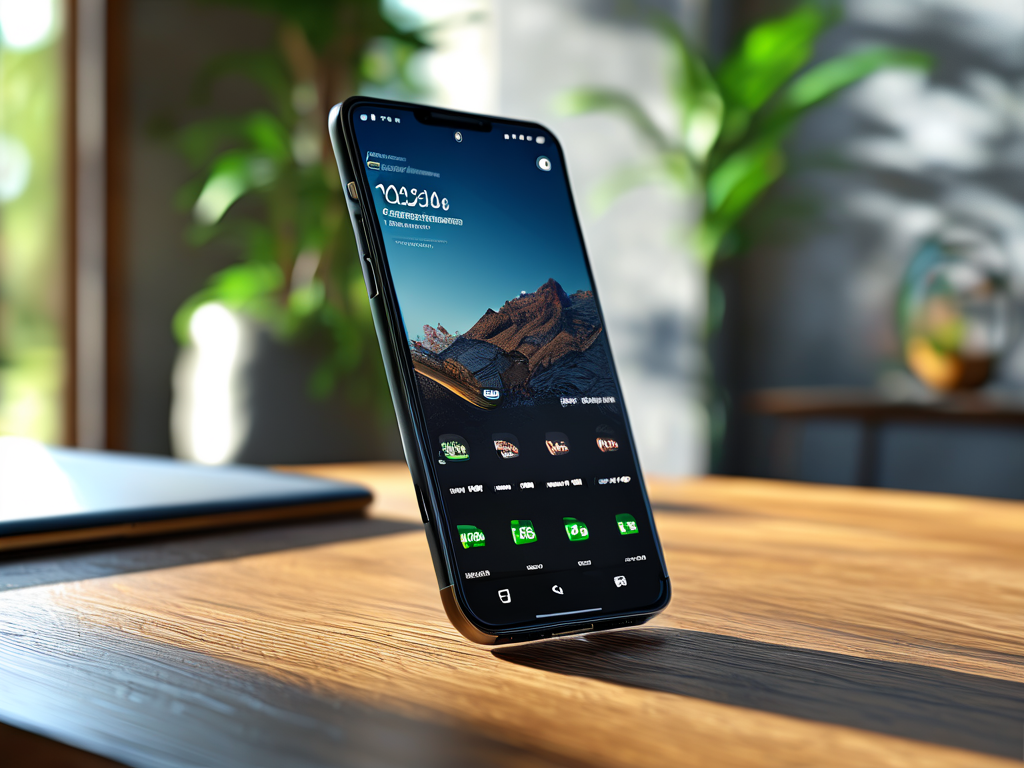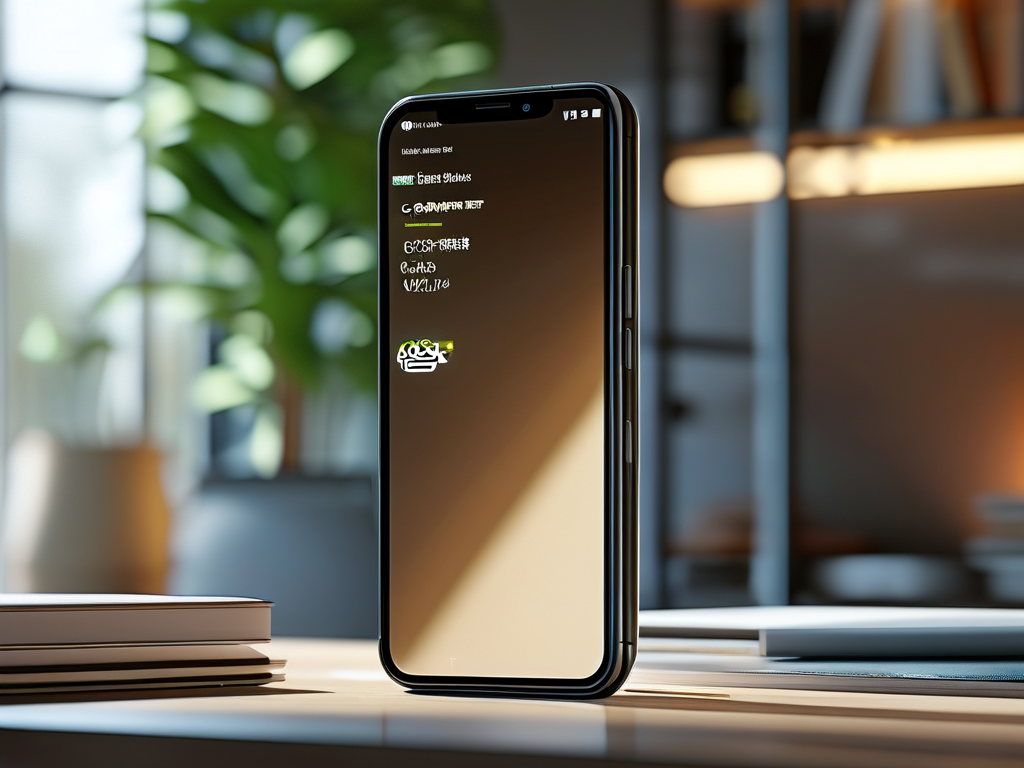Modern smartphones often struggle with memory management during prolonged call sessions, particularly when running communication apps alongside other services. This article explores practical techniques to optimize memory usage specifically for call management scenarios, complete with executable code snippets for developers.
When handling voice calls through applications like VoIP services or native dialers, memory consumption spikes due to background processes and cached data. A common symptom manifests as delayed notifications or dropped calls when the system reaches critical memory thresholds. For Android users, try this ADB command to monitor real-time memory allocation:
adb shell dumpsys meminfo <package_name>
This outputs detailed memory statistics for specified call-related applications, helping identify memory leaks. Regular cache clearing forms the foundation of memory maintenance. Navigate to Settings > Storage > Cached Data and clear temporary files weekly. However, this basic method only addresses surface-level accumulation.
Advanced users should investigate background service restrictions. Communication apps like WhatsApp or Skype often keep multiple services active post-call. Implement this Android code snippet to programmatically restrict background processes:
ActivityManager am = (ActivityManager) getSystemService(ACTIVITY_SERVICE); am.setProcessLimit(3);
For iOS developers, leveraging Xcode's Memory Debugger provides granular control over call-related memory allocation. Instrumentation tools can pinpoint exact memory hotspots during active calls, enabling targeted optimizations.

Network buffers constitute another hidden memory drain. Voice-over-LTE (VoLTE) calls particularly accumulate packet buffers that aren't automatically released. A tested solution involves resetting network configurations after call termination:

func resetNetworkConfig() {
let config = URLSessionConfiguration.default
config.urlCache?.removeAllCachedResponses()
config.requestCachePolicy = .reloadIgnoringLocalCacheData
}
Device-specific optimizations yield significant improvements. Huawei's EMUI and Xiaomi's MIUI include native memory compression features that benefit call-intensive users. Activate "Ultra Memory" mode in device settings during extended calling periods to temporarily boost available RAM.
Database optimization proves crucial for call logging applications. Unindexed call history databases can bloat to hundreds of megabytes. Implement SQLite vacuuming through periodic maintenance:
VACUUM call_records.db;
Cloud synchronization offers another optimization layer. Services like Google's Call Screen automatically archive older call records to cloud storage, reducing local memory footprint. Developers can integrate similar functionality using Firebase Realtime Database triggers.
Memory optimization extends to hardware utilization. Disable unnecessary sensors during calls through Android's SensorManager:
val sensorManager = getSystemService(SENSOR_SERVICE) as SensorManager sensorManager.unregisterListener(this)
This prevents gyroscope and accelerometer data from accumulating in memory during voice sessions.
Persistent memory improvements require understanding application lifecycles. Override onTrimMemory() in Android components to dynamically release resources during calls:
@Override
public void onTrimMemory(int level) {
if (level >= TRIM_MEMORY_MODERATE) {
releaseMediaResources();
}
}
Regular firmware updates deliver underlying memory management enhancements. Manufacturers frequently patch memory handling algorithms - a 2023 Qualcomm study showed 18% better call-related memory efficiency in devices running updated basebands.
For enterprise solutions, consider memory-aware call routing systems. Cloud telephony platforms like Twilio now offer memory-optimized SDKs that automatically adjust voice codec quality based on available device resources.
Ultimately, sustainable memory management combines proactive cleaning with architectural optimizations. Implement these strategies systematically, and always profile changes using tools like Android Profiler or Instruments for iOS before deployment.









